Sound Quality and Performance
Sometimes, what’s written on the tin turns-out to be the case. The A90 has the description ‘Ultra-High Performance Headphone Amplifier’ written on the front of its case, and we now know that this not mere advertising puffery but an entirely accurate statement. The L30 tells us that it is a ‘Linear Headphone Amplifier’, and that is perhaps the simplest way to describe the sound of the L30: absolute linearity. Like its NFCA-equipped stablemate, the L30 is an absolutely colourless window into your music playback, and it will reveal the qualities and capabilities of your headphone’s transducers to a fault. I can also say without reservation that every sonic characteristic of the Topping A90 that I described in its review can be applied to the L30, with the exception of the additional power and channel separation afforded by its balanced topology.
The Sennheiser HD600 is my North Star when it comes to looking for truth in audio. It’s not only a warm/neutral take on a ‘reference’ sound, but it also happens to be very revealing of source gear. So, like most amplifier reviews, I started-off by plugging in my HD600’s and listening intently. And then something interesting happened – rather than analysing the sound, I just kept listening. And then listening some more. Soon I realised that I didn’t really feel like changing anything at all, because I was having a simply enjoyable old time. The L30 + HD600 combination sounds absolutely brilliant. Not only does the L30 ‘get out of the way’ and allow the HD600 to unleash its stellar mid-range rendition of instruments and vocals, but it also does it with a bit of soul, and character. While some THX-equipped amplifiers like the SP200 can feel a bit distant and clinical, there’s some genuine warmth to be found in the mid-range of the L30 that lends it an emotionally engaging character.
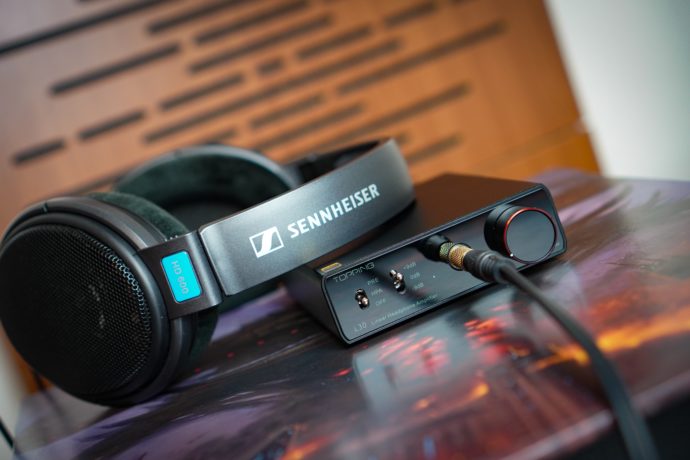
It’s the 25th anniversary of The Smashing Pumpkin’s seminal ‘Mellon Collie and the Infinite Sadness’ this week, and you can bet I gave it more than the one spin while testing the Topping L30. After the gentle piano + string introduction of the title track, I decided to bump-up the HD600 from medium to high gain when the crash of the orchestral introduction of ‘Tonight, Tonight’ kicked-in. The HD600’s were truly wide-awake at 9:30 on the L30’s volume pot, showing-off a nice degree of kick-drum slam as well as a bang-on sense of top-end extension evident in the soaring violin tracks. Two things were entirely conspicuous: the complete absence of any harshness and distortion; and just the most wonderful tonal richness and lush detail from the venerable Senns. 300 ohms = no sweat for the L30.
The L30 is a reference amp, no question. Its completely black background, combined with absolutely no emphasis nor dip at any frequency means that you’re hearing the abilities of your headphones (and that of the recording technicians) and nothing else. It’s astonishingly impressive, and not just for the price – it’s every bit the sonic match for the A90, and tonally the two are virtually indistinguishable via their single-ended outputs.
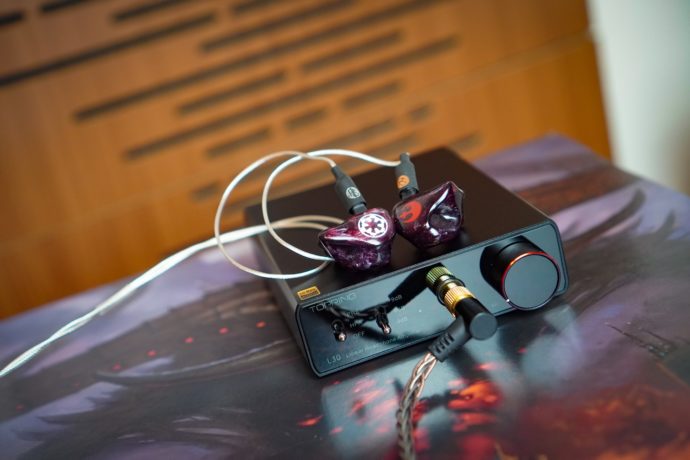
The benefits of the NFCA amplification technology are evident when pairing the L30 with IEMs. Using my most sensitive and revealing pair, the Craft FOUR from Craft Ears Four, the L30 was absolutely dead silent with no music playing, even in high gain. The L30 is very much a workable proposition for the IEM fan thanks to a comfortably low output impedance of <0.1 ohms, meaning that there’ll be no funny business going in with the frequency response of low impedance IEMs. Back to the ‘Pumpkins for a moment – listening to my favourite track from side one, ‘Galapogas’ via the Craft FOUR + L30 combo was perhaps my most revealing and enjoyable play-through I’ve heard to-date. The bass guitar over the four-BA Polish CIEMs was absolutely dead-accurate and controlled via the L30, which also lent the Craft FOUR a lovely sense of depth and layering.
“But what about planars?” you might ask. Good question. Time for Final Audio’s big, heavy flagship, the D8000 and some ‘Porcelina Of The Vast Oceans’. The D8000’s like a bit of juice, and immediately preferred to suck +9dB of gain from the L30, reaching ‘too loud’ at 9:30 on the volume pot. The restrained kick-drums in the intro sound promising over the D8000, threatening to reveal a torrent of low-end slam at the ‘real’ start of the song at the 2:12-mark. There’s definitely impact there all right, but not the real sense of scale and thickness that the D8000 can impressively reach with a higher-powered source. The L30 is more than a capable match for high-impedance dynamic cans and more sensitive planar headphones like the Audeze Sine DX (which, unsurprisingly sounded bloody great with the L30), but owners of low-sensitivity headphones like the older orthodynamic HiFimans and Audeze’s LCD-4 will be better served with a dedicated high-power amplifier. Then again, owners of such headphones probably won’t be shopping around this price-point.
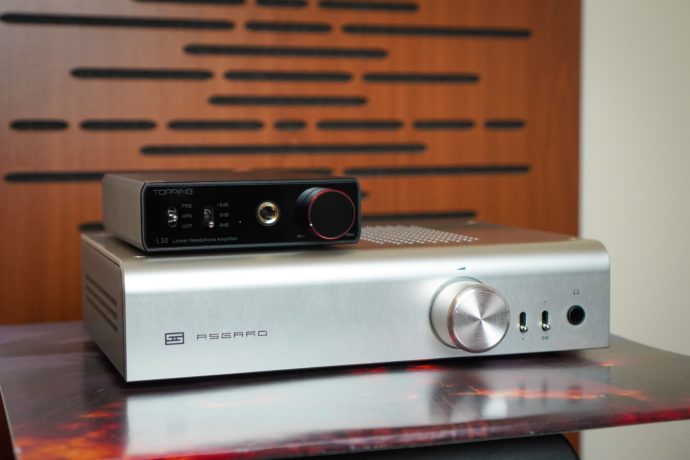
Topping L30
Schiit Audio’s $199 Asgard 3 looks every bit the aesthetic and philosophical opposite of the tiny L30 – it’s a big, brash lump of Class A/B-powered American muscle, capable of a whole five watts of power compared to the three-and-a-half of the L30. It might be slightly further away from the L30 in terms of price compared to the $99 Magni (and also *much* bigger), but in terms of capability, it’s probably a closer match-up for the tiny Topping. Meze Audio’s 99 Classic portable closed-back headphones are famously rich and bassy in terms of their sound signature, but also have a habit of sounding loose and woolly in their low-end depending on the source used. The L30 lifts away a layer of ‘wool’ from the 99’s, adding a breath of sunshine and clarity to ‘1979’, while the Asgard 3 takes a more laid-back, cozy approach to proceedings. The L30 sounds snappier and more fleet of foot, particularly with regards to the speed of the bass guitar and attack/decay in the kick-drum and hi-hat.
Conclusions
The L30 is a stunning device for $139.99. In fact, it’s stunning full-stop. If you’re not fussed about going down the rabbit-hole of balanced cables and aren’t likely to add a pair of low-sensitive planars into your collection anytime soon, then the L30 is an absolutely bankable recommendation if all you are looking for is one audio input, and one headphone output (plus, being a pre-amp is nice and handy too). If you’ve already started-out building an audio chain for your headphone set-up and you already have a similarly-priced amplifier from a competitor from Schiit Audio, Monoprice, or JDS Labs, should you rush out and trade them in for this? Probably not. We’re talking incremental gains here, which is true of most things in hifi. But, if you’re looking to start yourself off with a great amplifier, or perhaps put together an office or second set-up, then the L30 is heartily recommended. Add an E30 to the equation, and you’re suddenly all sorted for both digital and analogue.
In this reviewer’s opinion, the Topping L30 is the pick of the bunch in the entry-level amplifier stakes, and well worth the $40 price differential over its $99 competitors. In fact, it’s probably the only headphone amplifier you’ll really need for a long time. It’s superbly built and it’s audibly faultless if you’re looking for a faithful and enjoyable solid-state amplifier.





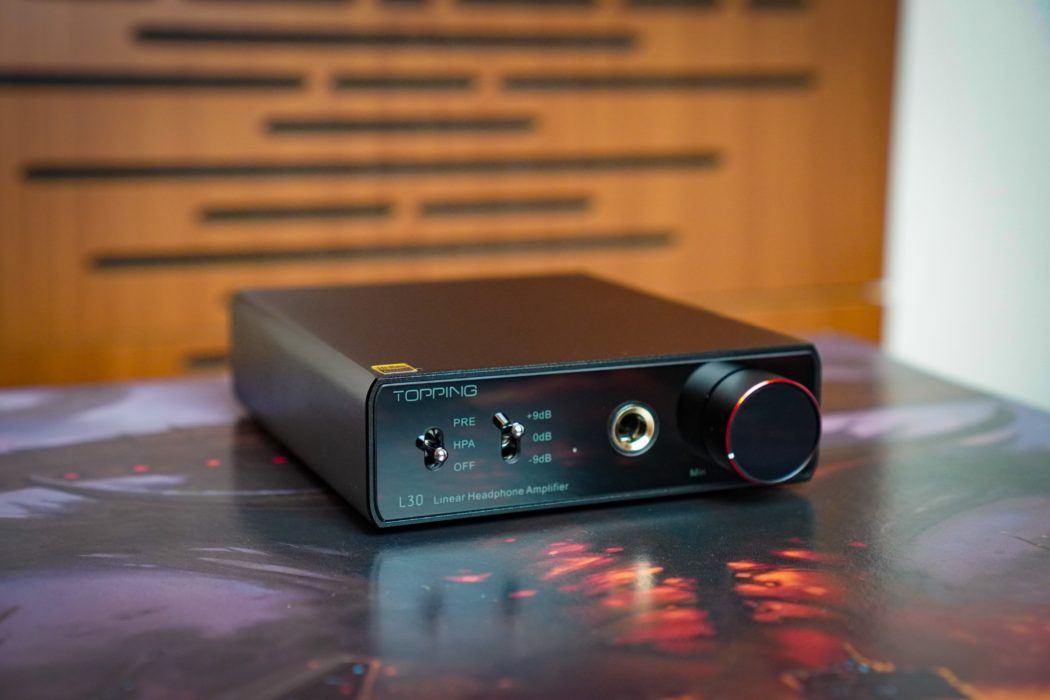
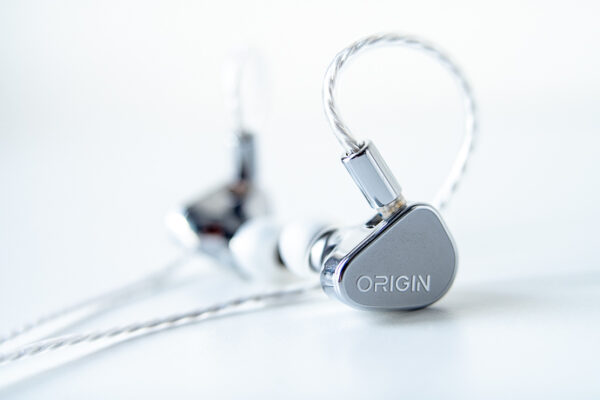
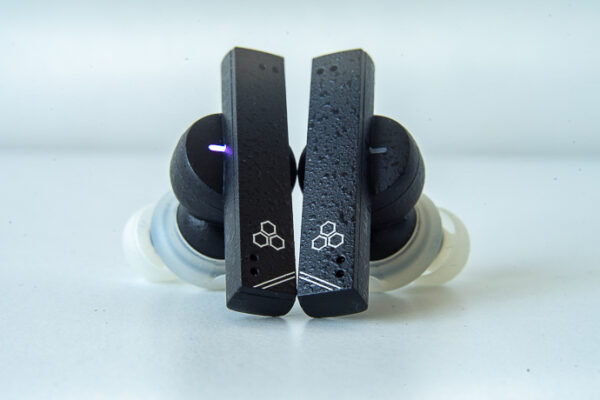
Sandeep
Hi, nice review. Any idea how this would fare in comparison to the ifi zen can?
Matty
The L30 is ten bucks cheaper with slightly higher single-ended output, but no balanced capability. The Zen requires strange 4.4mm adapters for use as a pre-amp, so you’d need to factor that into your overall purchase-price.
If you don’t need balanced, choose the L30.
Musikverein
So true, Matty.
This gem (and its little heavy 15V power secret) is even capable to drive my DT880/600 to more than just satisfyng level in terms of smooth quality and no-distortion-quantity.
That is why it serves as my office rig amp since late summer, happily.
Michael
Wonder how well this would drive the HiFiMan Arya…
Wills
Hi Matty, do you reckon there is any difference between this and the smsl sp200? Just by looking at the review they seem similar imo. Also, if I also add the Topping A90 into the match, do you think the A90 is a huge step up from the others? Thanks
Matty
Hey Wills, they have only a very slight difference in terms of their voicing. The SP200 sounds a little leaner than the L30, but for the most part you’re getting an entirely faithful representation of what your music and headphones sound like. I’d choose the SP200 only if you really need the extra power (perhaps for certain planars), or if you need the XLR socket for convenience. The L30 is a pretty each choice otherwise at less than half the price.
Michael
Wonder how well this would drive the HiFiMan Arya…
Matty Graham
The Arya should only need 7.65 mW to get to 100dB. The L30 will do fine with the Arya.
Loz
Hi Matty, thanks for the review. Having spent many hours recently viewing and reading reviews like this, I’m still on the fence about the benefits of a dedicated amp like this with an equivalent DAC, or a combo like the earmen sparrow, if I’m only using Spotify through my phone. I’m on the fence regarding the benefits if not using better quality source material, and also as I sometimes listen to music in bed, where a stack isn’t really a viable solution, if a sparrow or hip dac is more than good enough. I currently have Beoplay H6 gen 2, generally well reviewed, and am considering upgrading to something like the Sundara, but appreciate that needs a dedicated amp. Based on a budget of £500-550 for everything, I’d appreciate your thoughts on best bang for my buck. I listen to classical, electronic, metal, and nearly everything in between. I want something that will make me go wow. I really like Spotify for the new music I’ve found since using it and wouldn’t be in a hurry to switch, but wouldn’t rule it out completely. Thanks in advance for any help.
Matty Graham
Hi Loz, thanks for reading and taking the time to comment. Spotify is bloody great for music – it’s algorithm and discovery features are second to none. At the end of the day, enjoying music is about listening to what makes you happy, so if that’s working for you stick with it. With your budget in mind and Spotify as a source, you might enjoy using a dedicated Bluetooth headphone like the Drop x Panda, or Audeze Mobius and call it a day.
Loz
Thanks for the suggestions Matty. I looked at your review (and a few others) of the Panda and they look very interesting. Getting Drop stuff to the UK is another story. They tested a few select products, 6XX etc, for Europe, but that didn’t go anywhere. Shure Aonic 50 might be another option. Thanks again.
Andrew
Hi Matty! Thank you for an interesting review of this small but capable unit that absolutely left only one question in my mind about L30: Does it play well with entry level and popular like Fostex T50Rp Mk3 (base model)?
T50Rps are hungry and inefficient that led me to spend a few months reading forums trying to pick an amp without subjecting my wallet to inhumane destruction (resisting temptation to spend a ton on D90/A90 with some dedicated power supply before knowing ins and outs and nuances…)?
Would L30 give enough to drive them (my current “interface” is Roland Quad Capture,
and old-ish unit with 48Ohm output resistance on headphone jack, only gets them to sub-average volume and volume knob is maxed out at all times) without limiting them in any way or i should consider something along the lines of SMSL SP200 because of that THX stuff? Thanks!